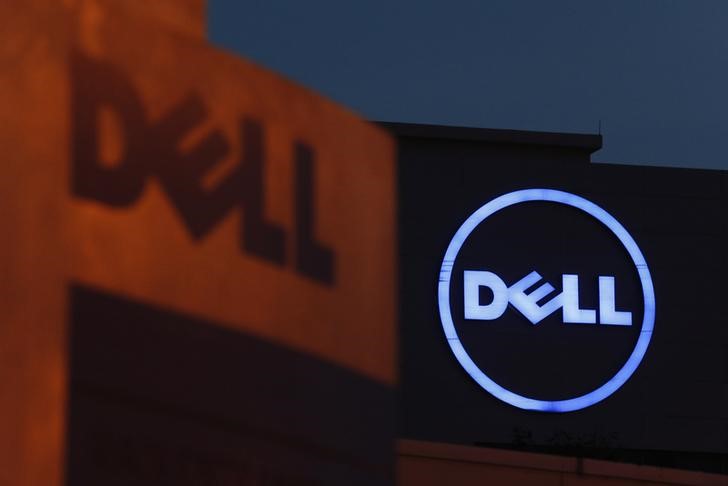Investing.com — Shares of Dell Technologies (NYSE:) jumped to 6.1% in pre-open trading on Monday, after the company announced its re-inclusion in the , beginning September 23.
The announcement, made after market close on Friday, September 6, confirmed that Dell will officially rejoin the index. Having been a part of the S&P 500 from 1996 to 2013 before going private, Dell’s return to the index marks a milestone for the tech giant and signals renewed market confidence.
Analysts at Citi Research see this re-inclusion as more than just a symbolic achievement.
“We believe DELL shares can continue to work post inclusion, given multiple other potential catalysts ahead including recovery in general purpose infrastructure demand, PC refresh cycle ahead into CY25, AI momentum and capital returns,” said analysts at Citi.
The brokerage maintains a “buy” rating due to its strong fundamentals and favorable risk/reward profile. The S&P 500 inclusion is viewed as a catalyst, but it is only part of a broader positive trajectory for Dell.
One of the key factors supporting this optimism is the anticipated recovery in general infrastructure demand, particularly for Dell’s enterprise hardware products.
The company’s server and storage businesses are positioned to benefit as businesses start to reinvest in critical infrastructure.
After a period of constrained IT spending, Dell is well-poised to capture a major share of the market as the economic environment improves.
Another driving force behind the positive outlook is the upcoming global PC refresh cycle.
As aging PC systems in businesses and households are upgraded, Dell is expected to see an uptick in sales, likely extending into 2025.
This cycle is seen as a key growth driver for the company’s personal computing segment, as it allows Dell to capitalize on demand for newer, more powerful systems.
Dell’s AI-focused solutions are becoming increasingly critical for companies adopting AI workloads, which require compute and storage resources—both of which are areas where Dell excels.
The company’s expanding AI product portfolio could lead to meaningful growth, further driving revenue in the years ahead.
In terms of valuation, Citi has set a target price of $160 for Dell, based on applying a 9.8x EV/EBITDA multiple to its projected earnings over the next 24 months.
This multiple reflects confidence in Dell’s execution and its ability to benefit from emerging trends, such as the expanding AI market. Dell’s valuation is comparable to its peers in the large enterprise hardware sector, who trade at a median EV/EBITDA multiple of around 10.1x.
Citi notes that companies with higher growth rates and more sustainable margins command the upper end of this range, while Dell’s multiple strikes a balance that reflects both opportunity and risk.
That said, there are still challenges Dell must navigate to fully realize its potential. Citi flags the competitive landscape, particularly from hyperscalers and cloud computing options that continue to disrupt traditional enterprise hardware demand.
Hyperscale cloud providers tend to favor lower-margin hardware solutions, creating pricing pressure for companies like Dell. The shift toward cloud-enabled infrastructure in data centers also raises concerns about market share losses and margin compression in Dell’s core storage business.
Additionally, uncertainty remains around the pace of recovery in PC and data center hardware demand.
Any delays in the anticipated PC refresh cycle could have a negative impact on Dell’s sales, and there’s also the risk that the company’s AI backlog might not materialize into revenue as quickly as expected.
Should these scenarios play out, Dell’s growth could be pushed further into the future, affecting near-term performance.
Despite these risks, Dell’s re-entry into the S&P 500, combined with multiple growth levers, presents a compelling case for investors.
With general infrastructure demand recovery, a PC upgrade cycle on the horizon, and strong positioning in AI, Dell appears to be on a path toward continued success.
Read the full article here


